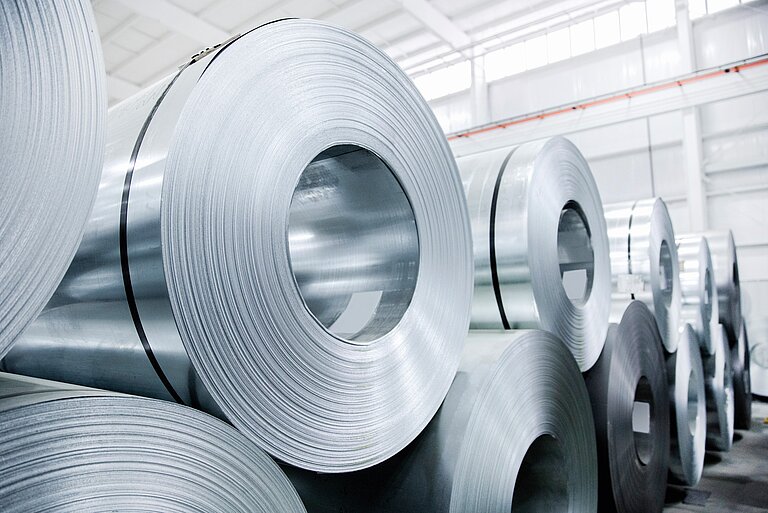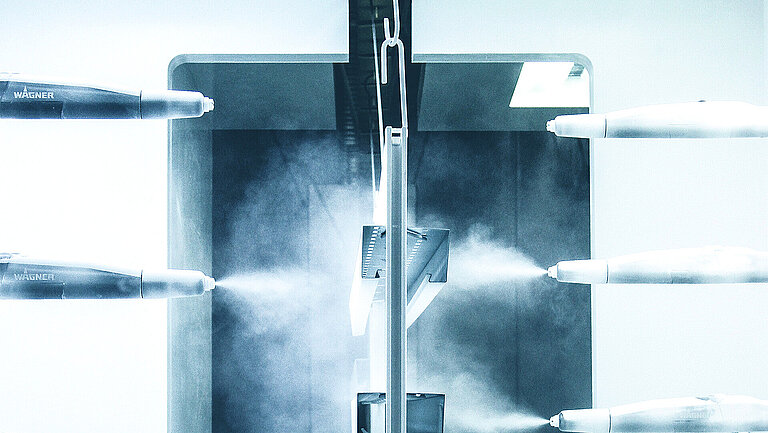Salt spray tests
Salt spray tests in accordance with DIN EN ISO 9227 are generally suitable as corrosion protection tests for quickly detecting weak points, pores and damage in organic coatings and inorganic coatings.
Salt spray tests (NSS) are often used as a measure of corrosion resistance. However, when comparing different zinc coatings, they lead to distorted results that cannot be transferred to practice.
Why is this the case?
The samples are placed in a temperature-controlled chamber and sprayed with a saline solution at 35 °C. The spraying is continuous. The spraying is continuous, exposing the samples to permanent corrosive forces. With a test duration of between 24 and 1,000 hours or more, the corrosion resistance is measured by the amount of surface rust formed.
However, this does not correspond to real conditions:
- The surfaces of the galvanised samples are constantly moist. As a result, zinc cannot form a passive protective layer as it would under real conditions. In particular, the development of a passive and corrosion-resistant oxide and/or carbonate layer during the dry phase of hot-dip galvanized surfaces is ignored.
- The chloride content in the spray mist is very high, which accelerates corrosion excessively.
- The damaging influence of UV light is completely ignored.
- Different metal substrates (metals) cannot be compared directly on the basis of their corrosion resistance using salt spray testing. Comparative tests are only applicable for substrates of the same type.
When interpreting test results (e.g. minimum time to occurrence of damage or corrosion) for product quality control or acceptance specifications, it is important to note that salt spray testing may have low reproducibility, especially for production parts that are tested in different laboratories.
Conclusion
It is often not possible to use the results of the salt spray test to compare the long-term behavior of different coating or plating systems because the corrosion stress in such tests differs significantly from that in practice.



